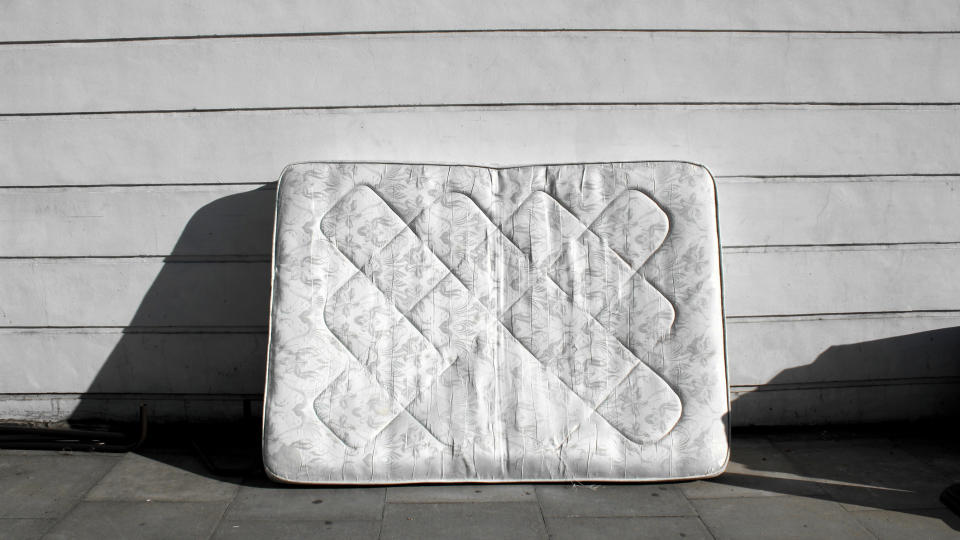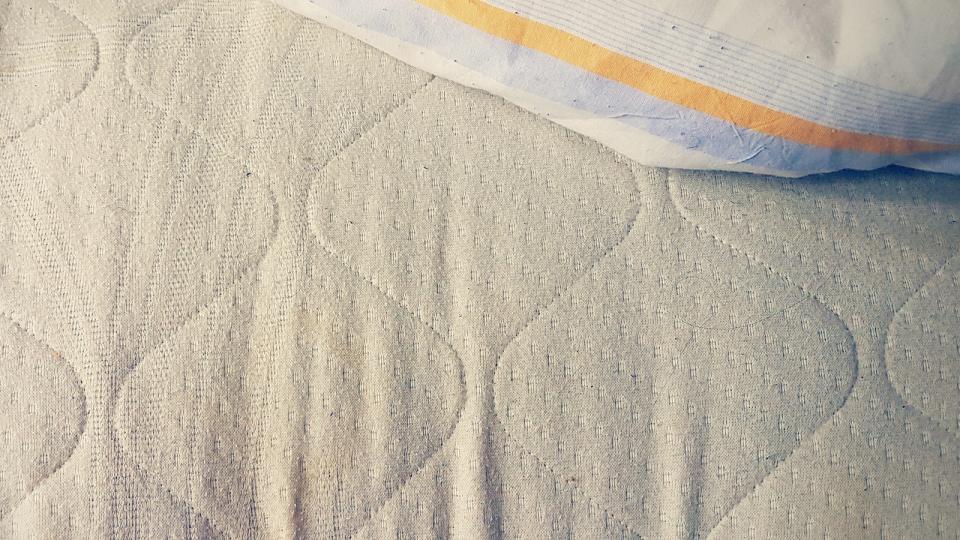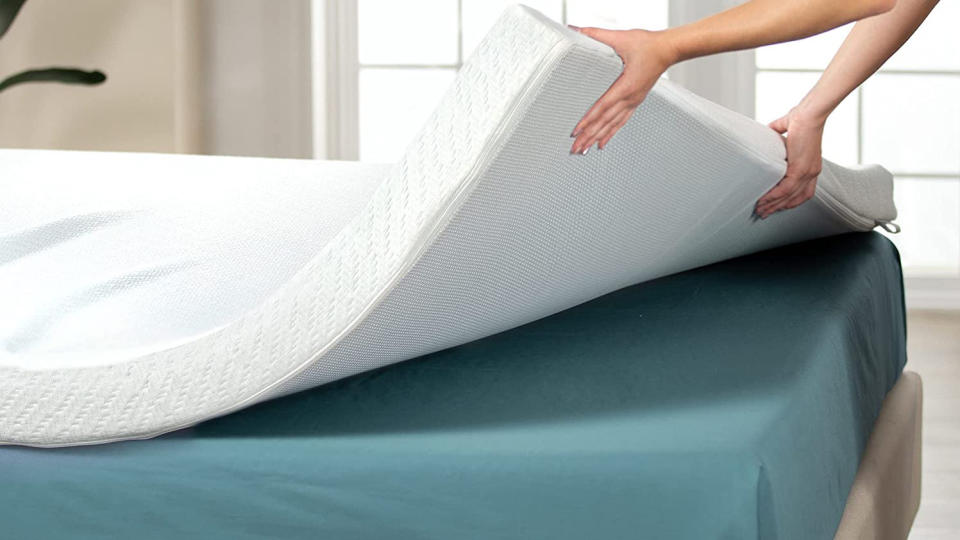6 signs that it’s time to buy a new mattress

A big part of getting a good night’s sleep comes down to your mattress. If you’re trying to sleep on an old, uncomfortable bed, it’s likely that your sleep will suffer. But what are the signs that you need a new mattress? And could you get away with just investing in a bed topper instead?
Here we’ll talk you through the signs to look out for, so you can make sure you’re sleeping on the comfiest mattress possible. And if it is time to replace your mattress, our guide to this year’s best mattress will help you find the right choice for your sleeping style.
If we think you can get away with just investing in a new topper, then our guide to the best mattress toppers will point you in the right direction. We’re soon approaching a great time of year for both, as the Black Friday mattress deals will be arriving this November.
6 signs that you need a new mattress
1. You’ve had your mattress for over 10 years
Even the most well-made mattresses have a lifespan. Innerspring models have the lowest lifespan at around 5-7 years, with hybrid and memory foam running to around 10 years. So unless you have an expensive latex mattress that lasts around 20 years, a mattress that’s over 10 years old is probably due for retirement. You can learn more about the lifespan of different mattresses in our feature that looks at how long a mattress lasts.

2. Your mattress is lumpy or sagging
As your mattress gets older it will develop lumps. Mattresses compress under our bodies and, over time, don’t bounce back as quickly.
Flipping or rotating your mattress on a regular basis can help extend its lifespan. But even with regular rotation, your mattress will eventually sag and become uneven and, if this is the case, it’s time to look for a new one.
3. You can feel the springs poking through
Ouch! This is a particular problem with innerspring mattresses, which are made with coils covered by a layer of foam. The foam wears down faster here than in other types of mattresses, so more pressure is put on the coils.
You could also come across this problem even with one of the best hybrid mattresses, although it’s likely it will take longer to happen. If you start to feel the springs poking through when you lie on the bed, or can see their outline, your mattress is past saving and it’s time for a new one.

4. Your mattress has turned yellow
A yellowing mattress means it’s reaching the end of its lifespan. As your mattress gets older, it starts to decay due to oxidation. Oxidation is natural and caused by exposure to the oxygen in the air. These yellow oxidation stains don’t smell, but they won’t be removed by cleaning either.
However, before rushing to buy a replacement, it’s worth checking that the stains aren’t being caused by other factors. Sweat can cause discoloration, alongside bacteria, mold or dust mites settling into the mattress. We recommend using a mattress protector to reduce stains.
5. You always wake up in pain
If you’re waking up every day with aches and pains, there’s a high chance your mattress isn’t supporting your spine and pressure points, meaning you’re more susceptible to problems. Not to mention a bad night’s sleep.
Before you blame your bed, consider your level of physical activity. If you work out regularly or do a very physically demanding job, you could be suffering from delayed onset muscle soreness (DOMS). If you think this could be the case consult with your doctor before making any mattress decisions.
6. You sleep better anywhere but home
If you find yourself sleeping well on hotel beds or at friends’ houses, but tossing and turning all night at home, chances are your mattress is the culprit. Our bodies change as we get older and so do our comfort needs, so a mattress that was perfect for you five years ago might be your sleep’s nemesis now.
3 signs that you need a topper instead

1. You’ve had your mattress less than 5 years
If you haven’t had your mattress for that long, you should try a mattress topper before rushing to replace it. Your mattress could just be starting to sag a little, but not badly enough to warrant a replacement. A good quality mattress topper can add an extra layer of support and comfort, meaning you’ll get a longer lifespan out of your existing mattress.
2. Your mattress is just a little too firm or soft
Perhaps you’ve just bought a new mattress and it hasn’t quite molded to your shape yet. Is your mattress too hard? A memory foam topper molds to your body and helps relieve pressure points as well as providing softness.
If your mattress is too soft a latex topper can add some firmness and bounce to a bed, preventing you from feeling too enclosed in the mattress. Latex toppers have the added advantage of being breathable.
3. You can’t sleep without sweating
If you’re a hot sleeper some mattress materials are going to make things worse. Memory foam, for example, is notorious for trapping heat. But if you don’t want to change your mattress, how do you stay cool at night?
The answer is a mattress topper, made out of either latex (which is naturally breathable) or foam infused with substances such as gel, charcoal, or graphite (which help draw heat away from the body).

